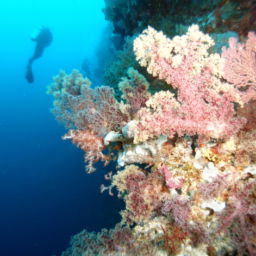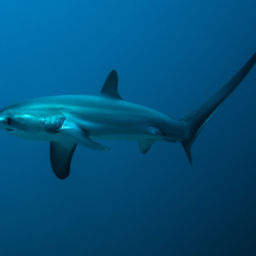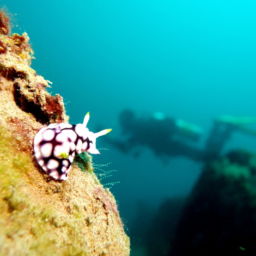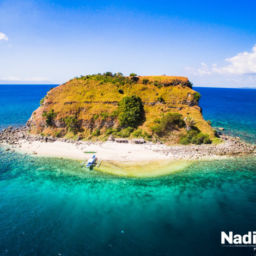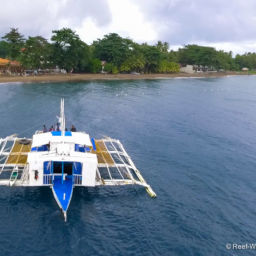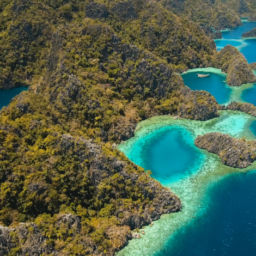Thanks to its healthy and nutrient-rich underwater world, the Philippines has an abundance of sea life in all shapes and sizes. From gigantic hammerhead sharks to tiny pygmy seahorses and everything in between, this part of Southeast Asia is one of the best places to spot uncommon marine life. Here are our picks for the top five sites to spot rare marine life in the Philippines.
Amos Rock, Tubbataha Reefs Natural Park
All of Tubbataha Reef has been declared a UNESCO World Heritage Site due to the importance of its underwater ecology. This location in particular is one of the best for spotting rare marine life in the Philippines. There’s a breathtaking wall of whip coral and gorgonian fans, groupers, snappers, mackerels, napoleon wrasses and even some large reef sharks knocking about. The atagema nudibranch and hawksbill sea turtles are of particular interest at this site, also known as Southwest Rock. This reef dive is suitable for intermediate divers but you can only reach it via liveaboard between March and June. The closest place to stay on the mainland is at a Palawan Beach Resort, but the site is still only dive-able from March through June.
Monad Shoal, Malapascua
This sunken island lies just off Malapascua Island in 52 to 105 feet (16 to 32 m) of water, with sides that drop off to depths of 754 feet (230 m). And it’s the best place in the world to see the elusive thresher shark. Because of their preference for deep water and nocturnal habits, divers rarely encounter these oddly shaped, majestic creatures, named for the scythe-like appearance of their elegant tails. But at Malapascua, they come up from the depths to visit the cleaning stations in early mornings. Seeing one makes for a spectacular sunrise dive.
Manta Bowl, Ticao Pass
This top Philippines dive site is an underwater shoal covering 17 acres (7 hectares) of flat terrain. True to its name, divers will find plenty of graceful manta rays cruising the area in search of a meal. Strong currents from the San Bernardino Strait mean that Ticao Pass has one of the world’s highest concentrations of plankton. This makes it an excellent cleaning and feeding station for many pelagics.
Although depth does not exceed 82 feet (25 m), it’s an advanced dive due to the rough waters. The best time to dive here is when the waters are calmer, from December to May. There are also usually plenty of barracudas and snappers around.
Manit Muck, Anilao
Descending to between 10 to 69 feet (3 to 21 m), this is an awesome night-diving site for spotting some truly rare marine life. Expect to find pygmy seahorses, mantis shrimp, nudibranchs, ghost pipefish, wunderpus octopus, Ambon scorpionfish and bobbit worms, to name just a few of the vibrantly-colored species hanging out there.
You may also spot the rare purple-and-white Mototi octopus or mimic octopus. Divers also call this spot called Secret Bay, and it’s best from October to May. It’s also a great dive for beginners.
Canyons, Puerto Galera
Located along the famous Verde Island passage, this exhilarating drift dive is only suitable for advanced divers and is best during a flood tide. You drop in through a hole in the wall and let the current take you through three canyons. Due to the strong currents, there is a healthy food supply. This attracts lots of marine life including the rare and unusual-looking batfish. You’ll also see damselfish, butterflyfish, anthias, sweetlips, stonefish, eels, wrasses, emperor drummer fish and long-jawed mackerel. The reef also features giant staghorn coral, multiple barrel sponges and giant sea fans.
By guest author Sarah McAlister
Sarah McAlister is a member of the Goats on the Road writing team and a freelance pen for hire for various travel-related publications. As one half of The Whole World or Nothing, Sarah travels the world full-time in search of adventure, beautiful places and new experiences.







